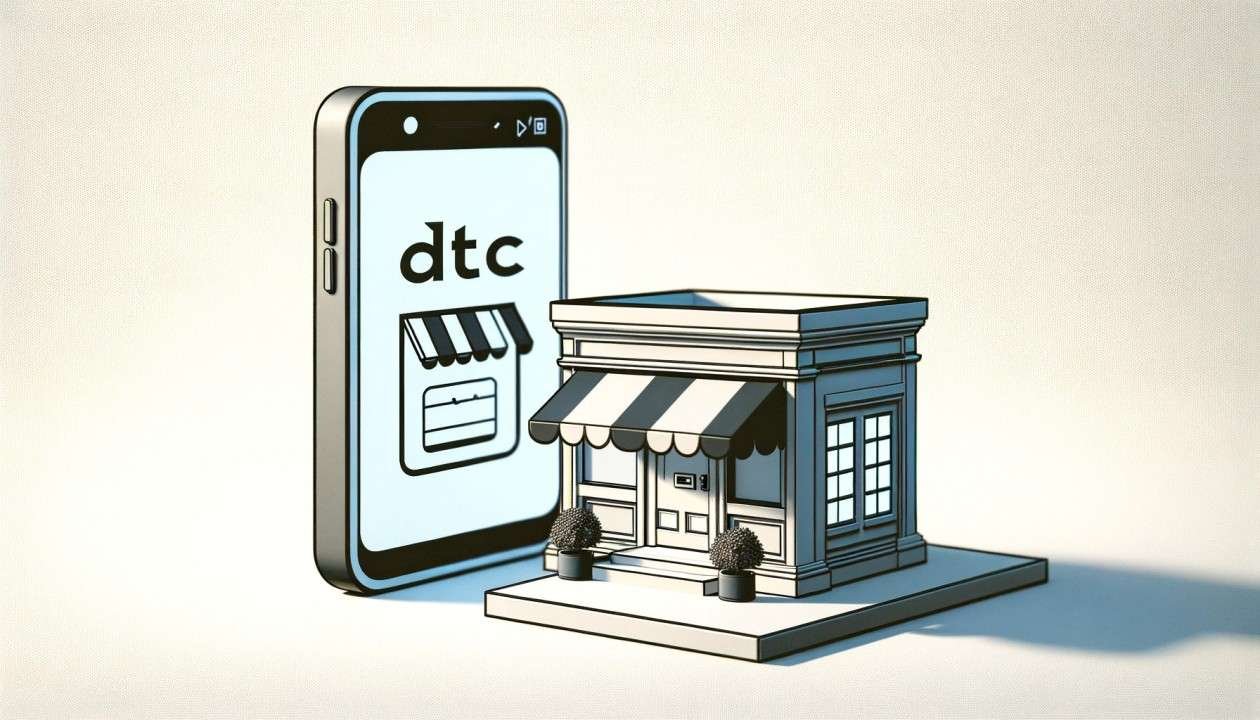How DTC Brands Are Transforming Customer Experience in 2025
Introduction
By eliminating the middleman and providing unmatched value and convenience, direct-to-consumer (DTC) brands have emerged as a major force in retail. But why is 2025 so important for these brands? It’s their unwavering commitment to using innovation, technology, and community involvement to change client experiences.

Let’s examine how direct-to-consumer (DTC) brands are changing the customer journey and what distinguishes their strategy.
What Are DTC Brands?
Definition and Growth of DTC Brands
DTC brands avoid traditional retailers by selling their goods directly to customers. They are able to keep control over branding, pricing, and—above all—customer relations thanks to this strategy.
How They Differ From Traditional Retail Models
DTC brands, in contrast to traditional shops, mostly conduct business online and communicate with clients through digital platforms. This strategy lowers overhead and makes it possible to react to market developments more quickly.
Examples of Leading DTC Brands in 2025
Consider companies such as Glossier, Casper, and Warby Parker. By emphasizing ease, transparency, and personalization, these businesses have established the standard for DTC success.
The Shift Towards Customer-Centricity
Why Customer Experience Is a Priority
Customer experience is essential to a brand’s survival in 2025 and is no longer discretionary. DTC companies understand that satisfied consumers make devoted ones.
The Role of Feedback in Building Relationships
Real-time feedback systems are being used by brands to make sure consumers feel heard. Important elements include surveys, chatbots, and open social media interactions.
Real-Time Customer Support Innovations
Customers may now more easily and quickly resolve problems with DTC businesses’ AI chatbots and live support personnel.
Personalization at Scale
AI-Driven Personalization
Artificial intelligence is being used by DTC firms to assess consumer preferences and provide incredibly tailored shopping experiences.
Hyper-Targeted Marketing Campaigns
The era of bland advertisements is over. In order to increase engagement and conversions, brands now design campaigns based on consumer interests.

Custom Product Recommendations
Brands can recommend items that consumers were unaware they needed by using data-driven insights.
Advanced Technology Integration
The Role of AI and Machine Learning
AI ensures smooth operations for brands by assisting with trend forecasting, inventory management, and customer behavior prediction.
AR and VR for Enhanced Shopping
Before making a purchase, shoppers may examine how things fit into their life through virtual try-ons and augmented reality experiences.
Seamless Omnichannel Experiences
DTC brands are making sure that consumers can purchase however and wherever they choose, whether through physical storefronts or mobile apps.
Building Stronger Community Engagement
Utilizing Social Media for Direct Connections
Social media platforms are now used for developing sincere connections with clients, not just for advertisements.
Loyalty Programs That Truly Reward Customers
These days, creative initiatives incentivize clients for anything from purchases to recommendations, guaranteeing sustained involvement.
User-Generated Content as a Trust Builder
Brands are gaining credibility by using real consumer reviews, images, and videos.
Sustainable Practices and Transparency
Eco-Friendly Packaging and Products
Many clients will not compromise on sustainability in 2025. DTC companies are taking the lead in sustainability initiatives.
Open Communication About Supply Chains
Since transparency fosters trust, companies are making it a point to disclose the location and manufacturing process of their goods.
Ethical Marketing Strategies
The era of deceptive advertising is over. Brands today emphasize value and honesty.
The Future of Customer Data
Ethical Data Collection Practices
By gathering only the information that is required and properly protecting it, DTC businesses put the privacy of their customers first.
Leveraging First-Party Data
Brands collect data through direct consumer interactions rather than third-party cookies.
How to Balance Privacy and Personalization
Brands achieve the ideal balance between protecting privacy and providing individualized experiences by being open and honest about how they use data.

Case Studies: Success Stories of DTC Brands
DTC Brand 1: Revolutionary Tactics
A company that focused on AI-powered personalization and saw rapid success.
DTC Brand 2: Customer Experience Overhaul
This brand redefined internet buying using virtual reality.
Key Takeaways from These Brands
Unmatched client happiness results from prioritizing transparency and making technological investments.
Challenges Facing DTC Brands
Rising Competition
Due of the low entry barrier for DTC, the sector is extremely competitive.
Customer Retention Struggles
In order to retain customers, brands need to continuously innovate.
Balancing Innovation and Costs
Technology is necessary, but it’s also costly, so there’s a fine line to walk.
Conclusion
In 2025, direct-to-consumer (DTC) brands are changing the rules of customer experience. They are gaining hearts and wallets all over the world by emphasizing sustainability, customization, and cutting-edge technology. Staying ahead of trends, putting the needs of your customers first, and building relationships with the community are the keys to success.
FAQs
- What are DTC brands, and how are they different from traditional brands?
DTC brands offer better value by selling directly to customers, eliminating middlemen. - How does technology impact DTC customer experiences?
Technology, from AI to AR, improves ease and personalization. - What role does sustainability play in DTC transformations?
Customers are demanding eco-friendly practices and transparent supply chains, thus it’s imperative. - Are DTC brands only for younger generations?
No, they provide a wide range of experiences and products to appeal to all groups. - How can a new DTC brand start prioritizing customer experience?
By using technology, paying attention to what customers have to say, and maintaining transparency.







